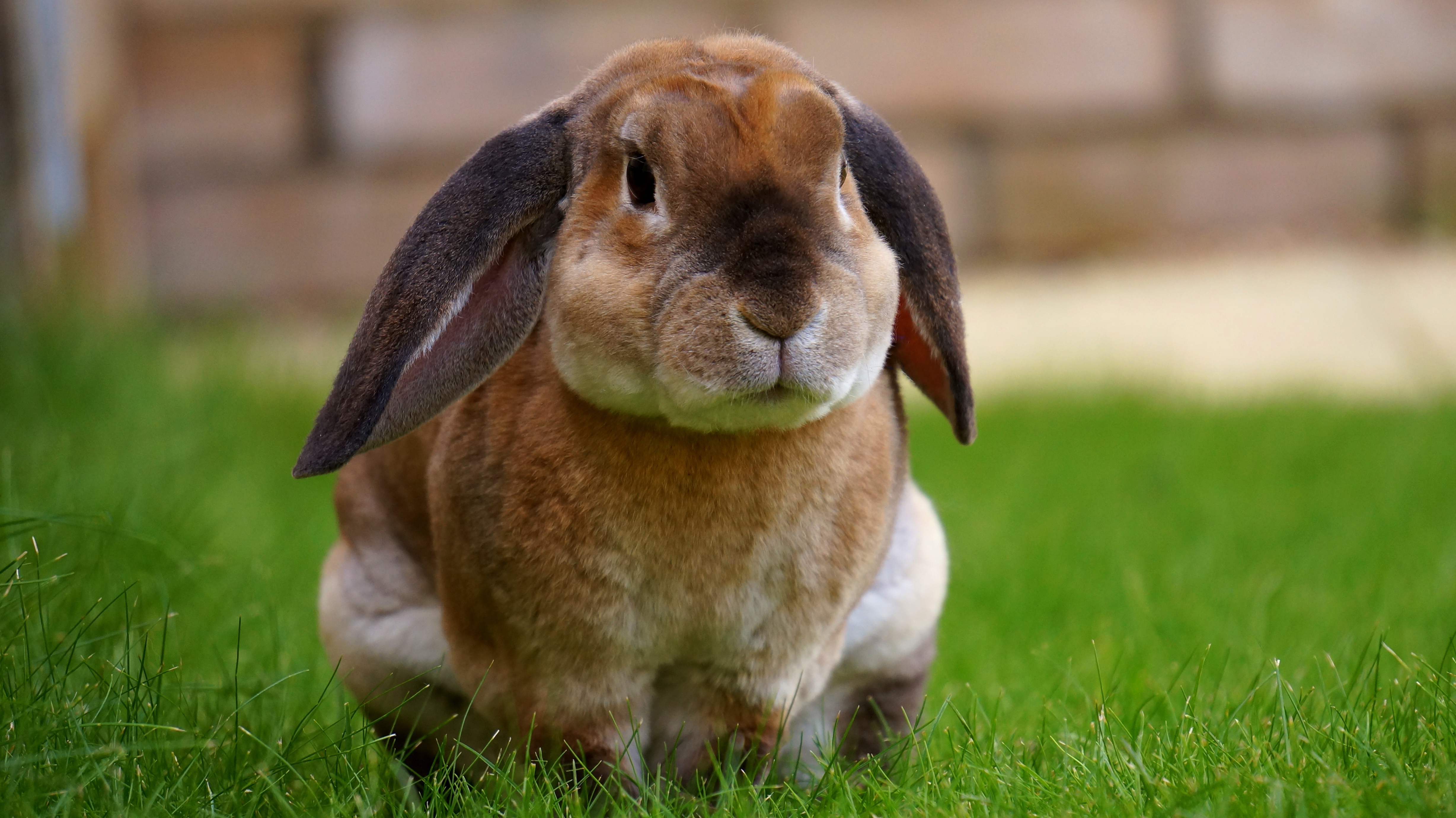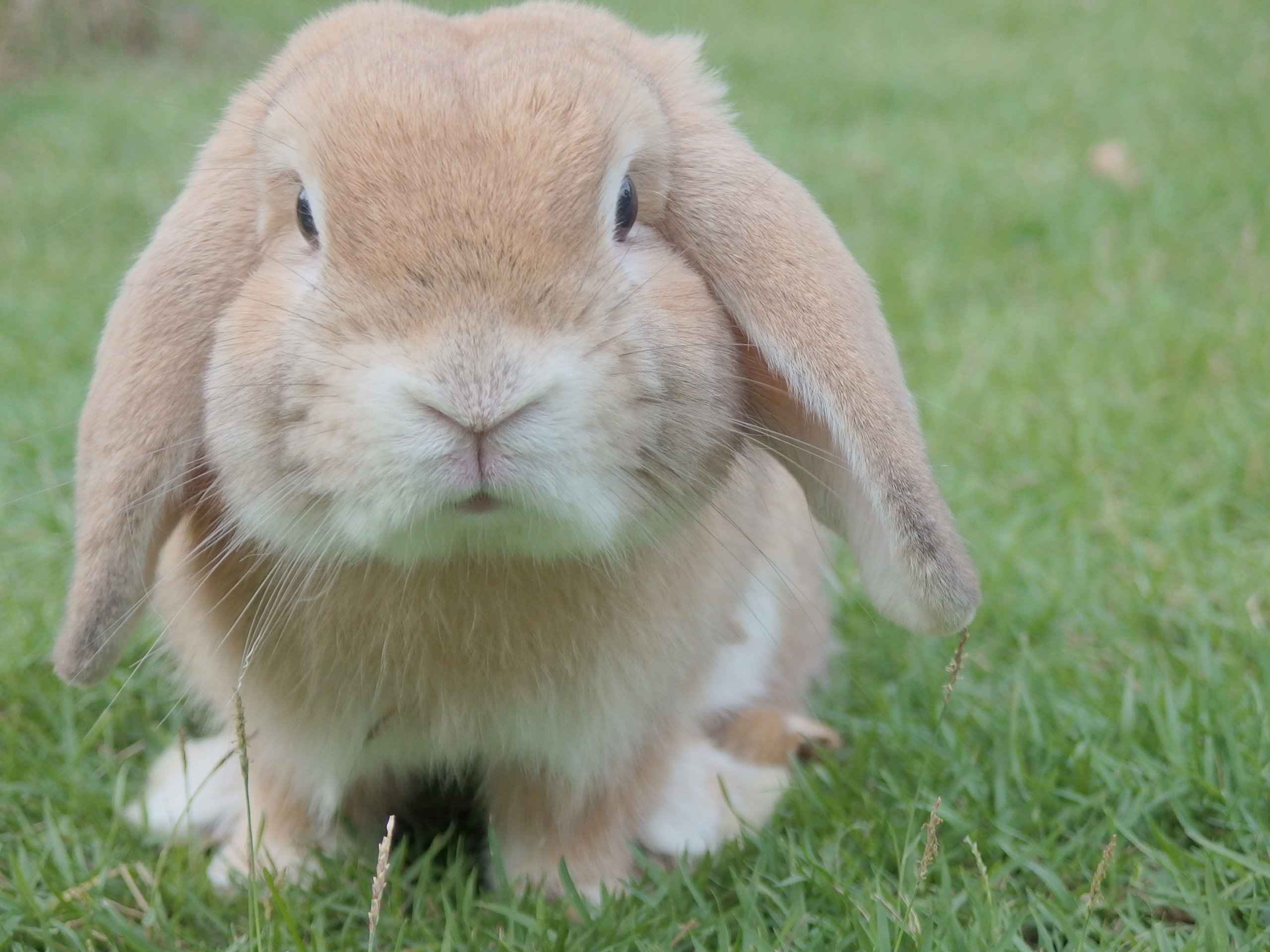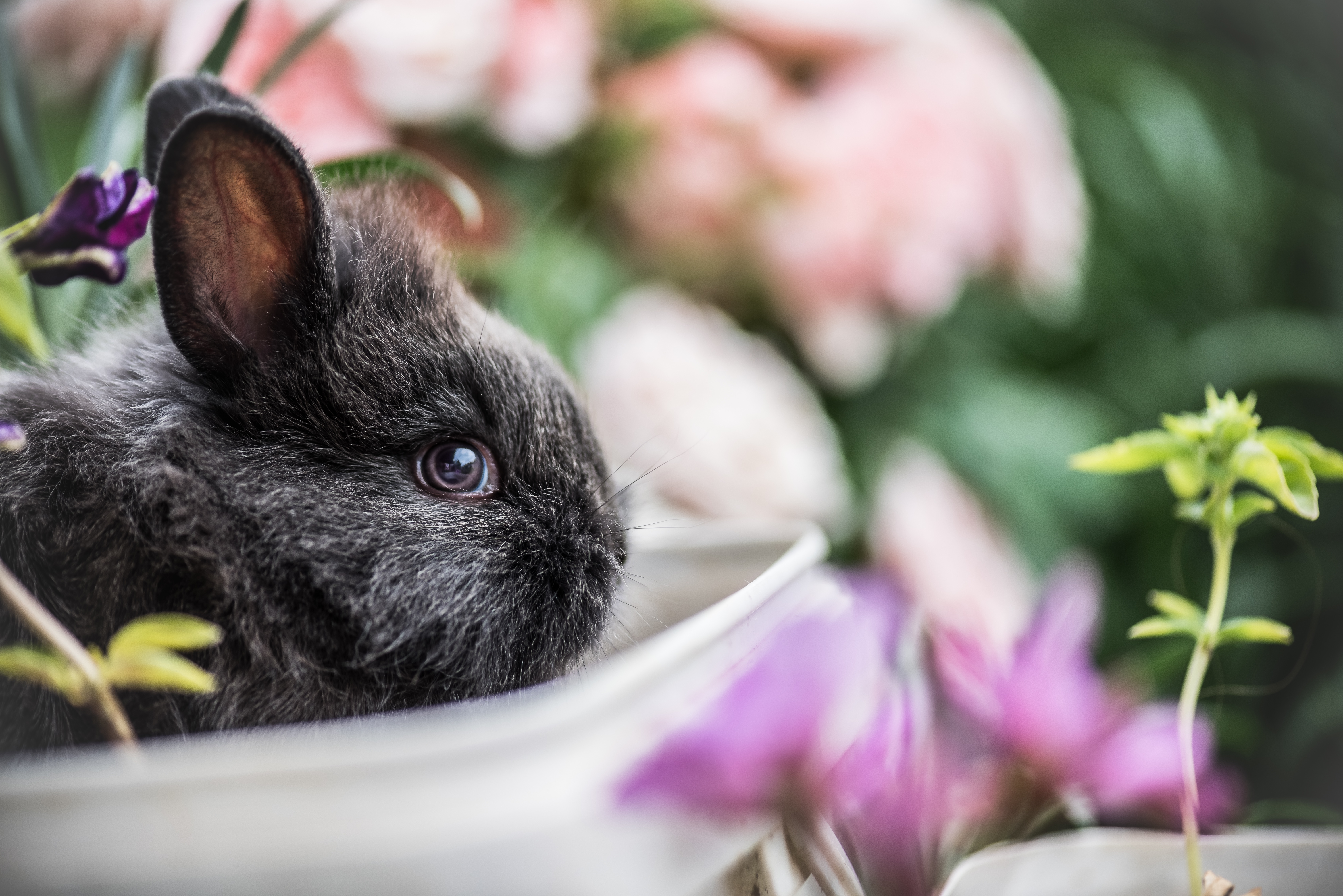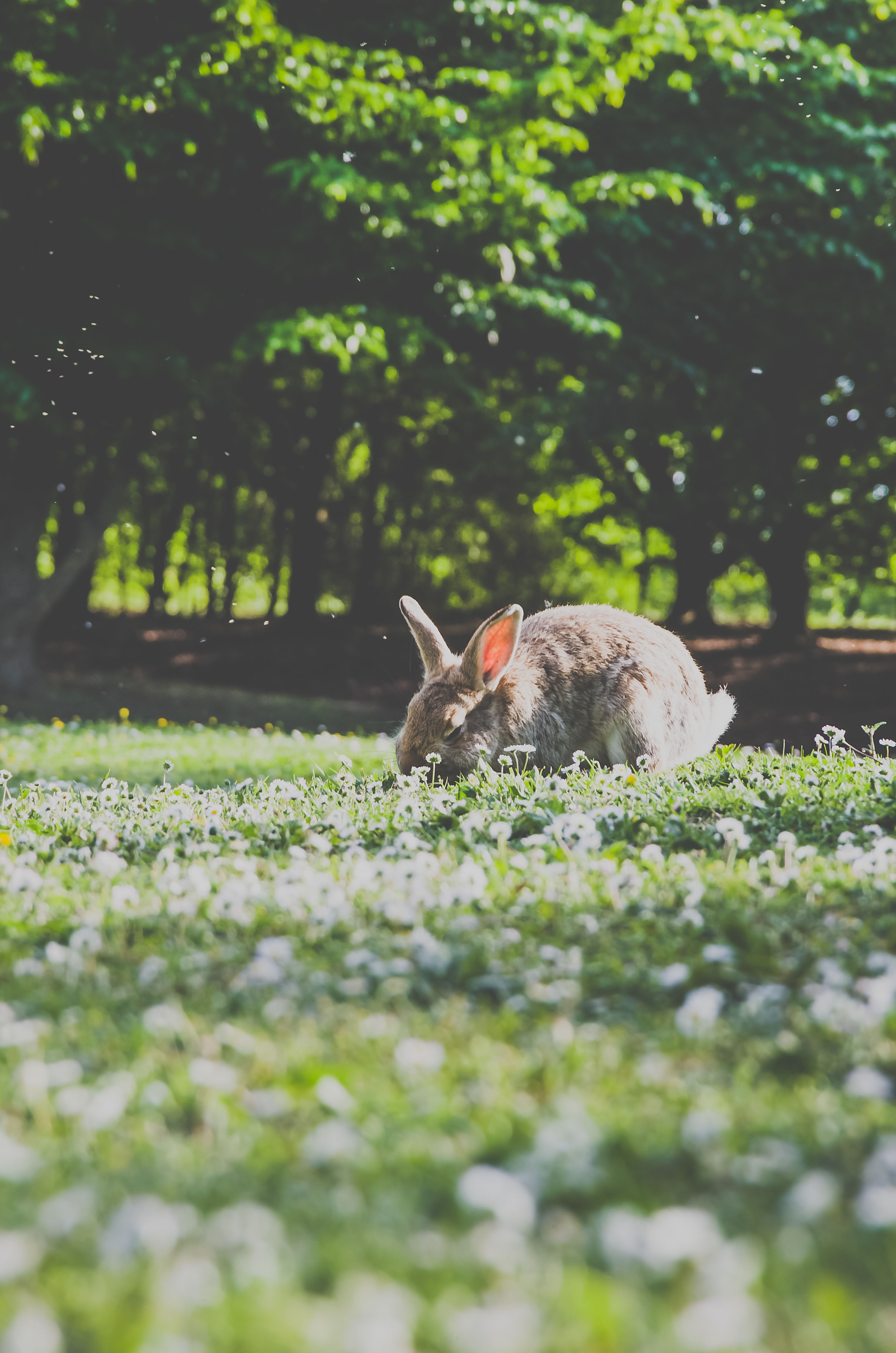Positive Reinforcement in Rabbit Training: Evidence-Based Methods

Science of Rabbit Litter Training: A Behavioral An... of Positive Reinforcement
Positive reinforcement is based on the principle that behaviors followed by pleasant consequences are more likely to be repeated. For rabbits, this means using rewards to encourage desired behaviors rather than punishment to discourage unwanted ones.
Why Positive Reinforcement Works for Rabbits
Rabbits are prey animals with sensitive nervous systems. They respond much better to positive, reward-based training than to punishment or negative reinforcement. This approach:
- Builds trust and strengthens the human-rabbit bond
- Reduces stress and anxiety
- Encourages voluntary participation in training
- Creates a positive association with learning
Essential Training Principles
Timing is Everything
The reward must be given immediately (within 1-2 seconds) of the desired behavior. Rabbits have short attention spans, so delayed rewards are ineffective.
Consistency Across All Family Members
Everyone in the household must use the same commands, rewards, and training methods. Inconsistency confuses rabbits and slows learning progress.
Keep Training Sessions Short
Rabbits learn best in short, frequent sessions (5-10 minutes) rather than long, intensive training periods. This prevents boredom and maintains their interest.
Choosing the Right Rewards
Food Rewards
Small, healthy treats work best for training:
- Fresh herbs (cilantro, parsley, basil)
- Small pieces of vegetables
- Commercial rabbit treats (in moderation)
- Pellets (if your rabbit is food-motivated)
Non-Food Rewards
Some rabbits respond better to non-food rewards:
- Gentle petting or grooming
- Access to favorite toys
- Verbal praise in a calm, happy tone
- Extra playtime or attention
Basic Training Commands
Teaching "Come"
Start by calling your rabbit's name while offering a treat. When they approach, immediately give the reward. Gradually increase the distance and add the "come" command.
Teaching "Stay"
Begin with your rabbit in a comfortable position. Say "stay" and take one step back. If they remain in place, immediately return and give a reward. Gradually increase the distance and duration.
Teaching "No" or "Stop"
Use a firm but calm voice to say "no" when your rabbit engages in unwanted behavior. Immediately redirect them to an appropriate activity and reward the good behavior.
Advanced Training Techniques
Target Training
Teach your rabbit to touch a target (like a stick or your hand) with their nose. This is useful for teaching other behaviors and can be a fun game for your rabbit.
Clicker Training
Clicker training uses a small device that makes a clicking sound to mark the exact moment of desired behavior. This can be very effective for precise training.
Troubleshooting Common Training Challenges
Rabbits Who Aren't Food Motivated
If your rabbit isn't interested in treats, try:
- Using their regular pellets as rewards
- Finding their favorite vegetables
- Using non-food rewards like petting
- Training before meals when they're hungrier
Rabbits Who Are Easily Distracted
For easily distracted rabbits:
- Train in a quiet, familiar environment
- Remove distractions like toys or other pets
- Keep sessions very short (2-3 minutes)
- Use higher-value rewards
Building on Success
Once your rabbit masters basic commands, you can teach more complex behaviors like:
- Going to a specific location on command
- Performing simple tricks
- Walking on a leash (with proper harness)
- Using a litter box consistently
Remember, training should always be fun and positive for both you and your rabbit. If either of you becomes frustrated, take a break and try again later. The goal is to strengthen your bond while teaching useful behaviors.
## Related Reading If you found this article helpful, you might also enjoy: • [The Science of Rabbit Litter Training: A Behavioral Analysis](/blog/science-rabbit-litter-training-behavioral-analysis) - Understanding the underlying behavioral mechanisms that make litter training successful in rabbits, based on recent research in animal behavior. These articles explore similar themes and can help deepen your understanding of the topic.


Comments (0)
Want to leave a comment?
Please Login or Register to join the conversation.